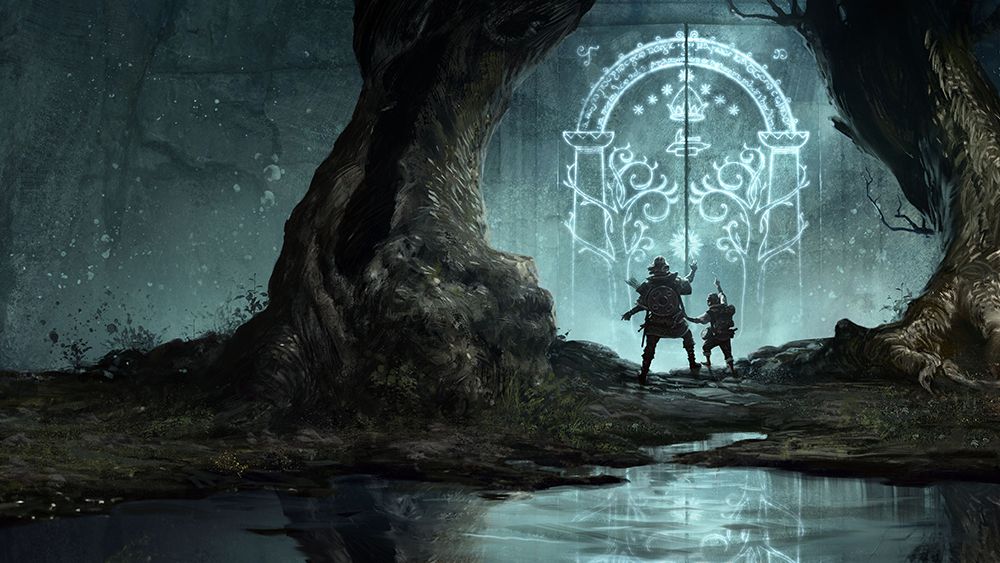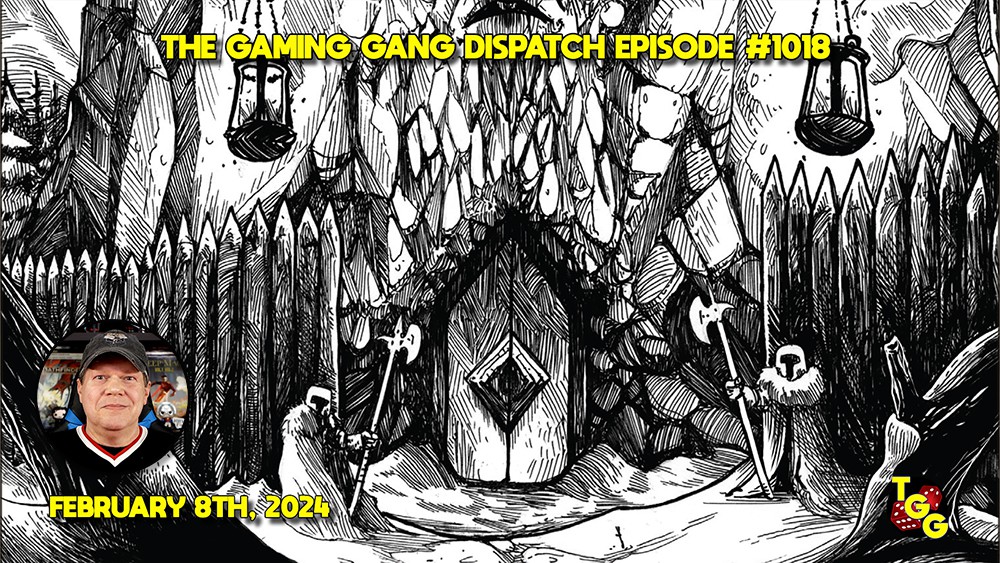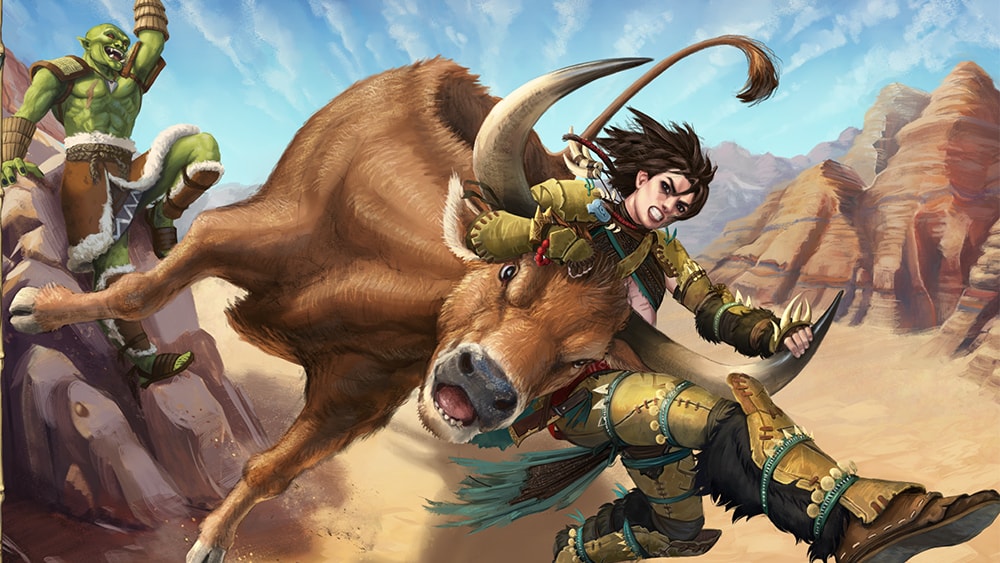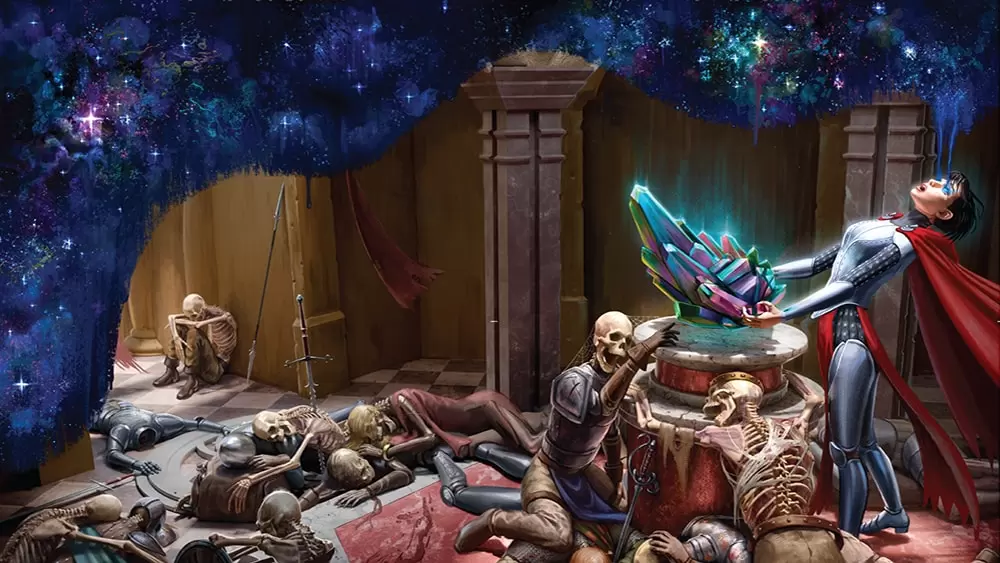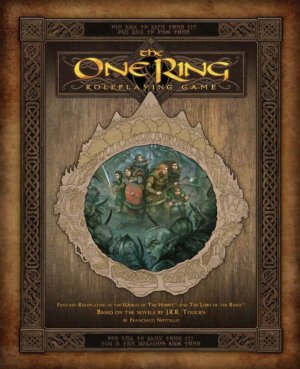
Publishers: Sophisticated Games and Cubicle 7 Entertainment
Author: Francesco Nepitello
Artists: John Howe, Andy Hepworth, Jon Hodgson, Tomasz Jedruszek, and Jan Pospisil
Year: 2014
Players: Two or more as it’s an RPG
Ages: 12+
Pages: 333
Genre: Lord of the Rings Tabletop roleplaying game of high fantasy
Retail Price: $59.99 in hardcover from Cubicle 7 or $29.99 in PDF on DriveThruRPG
The One Ring offers players the chance to adventure in J.R.R. Tolkien’s famed Middle Earth in the years between the conclusion of Bilbo’s adventures in The Hobbit and the tale of the Fellowship in The Lord of The Rings. Those unfamiliar with the world, however, will still find much to love in this rich fantasy title.
The manual is divided in two halves, with the first serving as an introduction to the world, mechanics, character creation, and gameplay, and the second to adventure creation, including adversaries, additional setting details, and campaign outlines. This combination of a player’s and game master’s handbook helps keep the most necessary information for play close at hand.
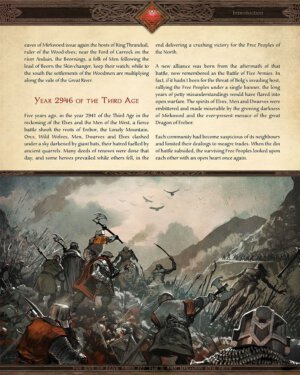
Mechanically, The One Ring is a fairly simple, straightforward system. Players roll a number of six-sided dice, determined by their skill pool, along with a twelve-sided die to determine any advantages or hindrances. While custom dice are manufactured and recommended, the book does also include instructions for using the dice players may already have on-hand.
Dice rolls are only called for when the Loremaster —The One Ring’s term for the GM— feels an element of risk is involved; characters are otherwise assumed to possess a baseline level of proficiency. This may frustrate players who prefer a more mechanically-dense system, but in a move consistent with the source material, keeps the focus on the narrative at hand.
While combat and journey mechanics may take some getting used to, they too are easy enough to grasp once actually playing.
The relatively simple dice-rolling mechanics, combined with the allure of the setting, make The One Ring a solid starter game for those interested in a tabletop roleplaying experience who find Dungeons and Dragons or Pathfinder to be intimidating. Its accessibility also means it is a game accessible to younger fans of Tolkien’s work, who may have a hard time keeping track of what dice to roll and when.
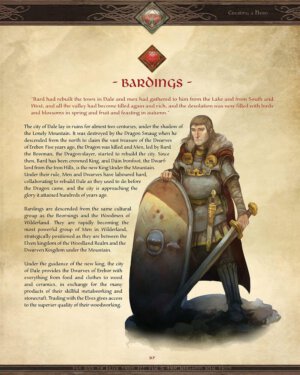
Skills are explained in detail and each is paired with an example to help Loremasters understand when a roll might be called.
As part of character advancement, players may spend experience to gain Wisdom or Valour, traits that shape both the direction of the character and that character’s role in the narrative. By putting points into Wisdom, characters gain access to Virtues, which offer specific enhancements and advancement in either trait grants access to various other boons, as well as additional weapons skill levels. Valour and Wisdom are essential mechanics to consider, as they are the key to overcoming fear and corruption. Players may bank experience points across sessions in order to afford more expensive upgrades in either trait.
Visually, The One Ring is an immersive experience. With pages and font styled to look like something that might sit on a bookshelf in a Hobbit’s home, and beautiful full-page art to mark the start of each chapter, this is a title worth picking up in print. The illustrations scattered throughout help to break up the visual blockiness of the text, and work to further entrench players in the world. The two-page full-color spreads that open and close the book are lovely to behold and are the kind of art that cries out for a poster.
[rwp-review id=”0″]



